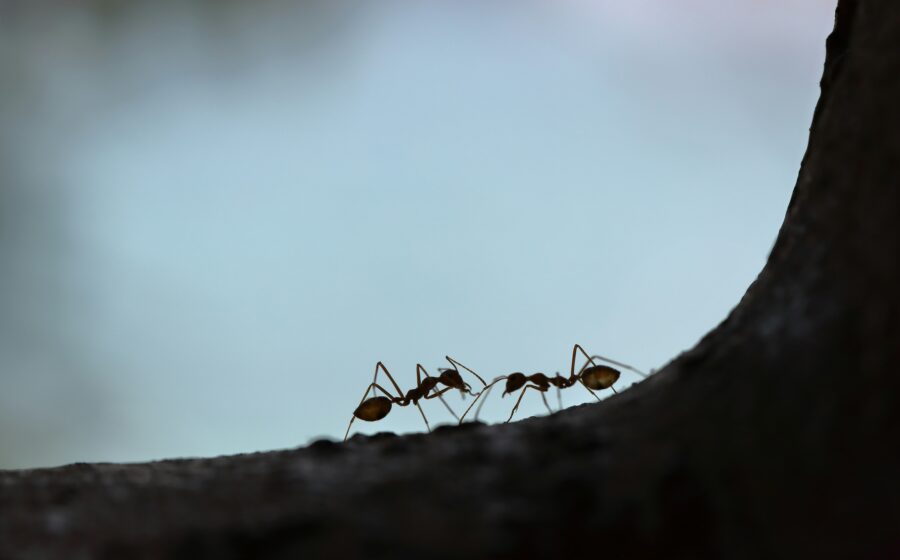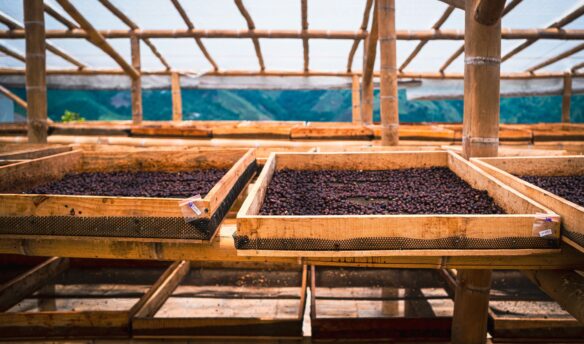✉️ This story was featured in this week’s Coffee News Club
👋 Get the Coffee News Club newsletter in your inbox weekly—sign up.
Sustainable coffee farming is on the rise, with more farmers replacing pesticides with natural pest control practices. One such control is using beneficial insects to help manage pests, such as the parasitic wasp that Hawaii is looking to release to combat the coffee berry borer beetle. However, a new study from the University of Michigan shows that it isn’t quite as simple as switching chemicals for critters.
For the study, published in Proceedings of the National Academy of Sciences, researchers examined the relationships between non-native ant species and a predator fly on Puerto Rican coffee farms. Two of the ant species are used as biological pest controls on the farms, while the fly preys on one of the ants. The researchers found that any of the species could be dominant at any one time, and these shifting relationships “generate chaos” that makes it difficult to anticipate how they will act on a coffee farm and thus how effective their use as pest control will be.
“Two of the three ant species we studied are really important agents of biological control of two of the important pests in coffee,” John Vandermeer, one of the study authors, said in a press release. “We would like, or a farmer would like, to be able to predict when the ants are going to be there, and when they’re not going to be there. And it turns out that that kind of prediction is going to be pretty difficult.”
The different species interacted within the coffee farm system in two ways. First there’s what’s called intransitive loop cyclic behavior. Any of the three ant species might dominate any of the others: Ant A beats Ant B, which beats Ant C, but Ant C could also beat Ant A.
Introducing a predator, like a fly, complicates things. It might prey upon the dominant ant, which throws the whole ecosystem into disarray, allowing one of the other ants to become dominant. That’s predator-mediated coexistence, and the way the relationships change is known as oscillations.
By tracking these oscillations, the researchers were able to look more closely at the insect relationships and, in theory, anticipate when each species would dominate and help farmers plan their biological control strategy more effectively.
“We believe that the current international agricultural system with its use of pesticides and chemicals is not contributing to the welfare of anybody, especially the farmers, and is actually contributing quite a bit to global climate change,” Vandermeer said. “We take the position that in order to incorporate the rules of ecology into the development of new forms of agriculture, we need to understand what those rules are and how those rules work.”
















